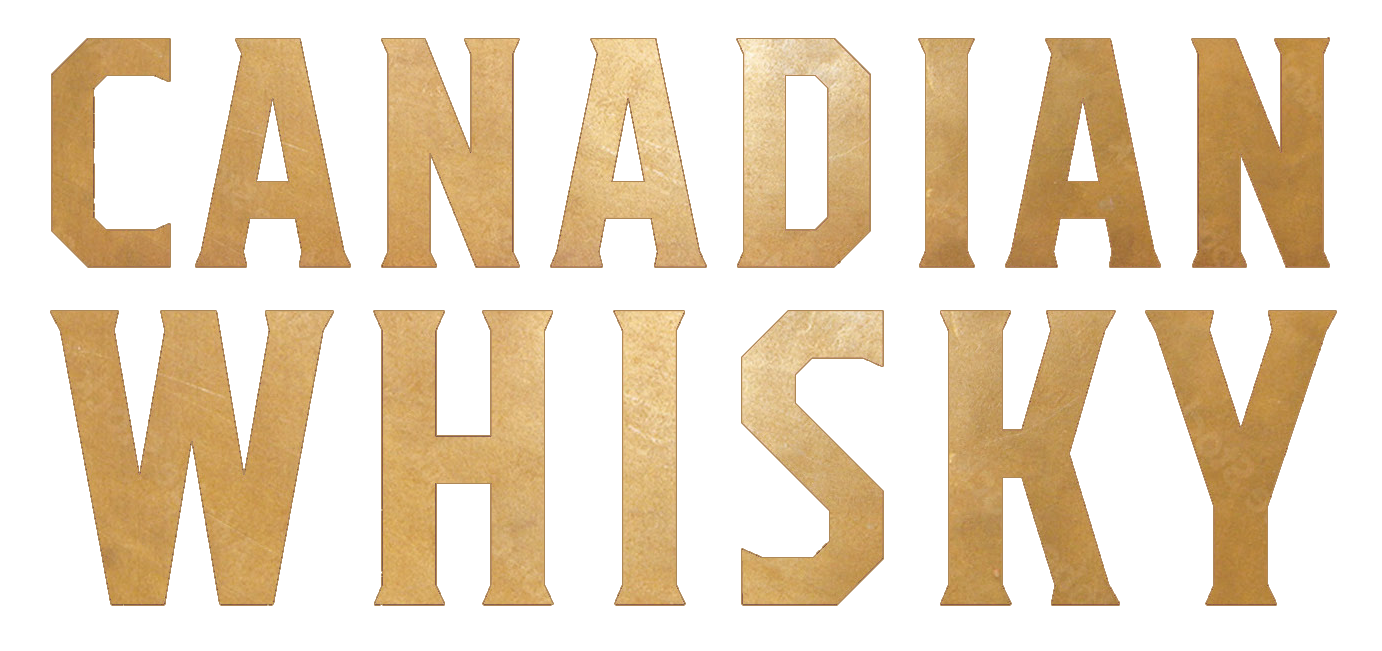Lot 40 (43% alc./vol.)
Rye, rye bread, sour rye, floral rye, hard rye, earthy rye, dusty rye grain, and then sweet citric notes, oranges, hot peppery spices, and tannic wood. Spicy Rye. ★★★★★In the late 1990s the folks in charge of the Hiram Walker distillery decided to try something new. A market for high-end specialty whiskies was developing world wide but Canadian whisky was not benefiting from it. With typical low Canadian self-esteem, brand managers overlooked some outstanding contenders. They opted to create a new range of whiskies instead, and dubbed them the Canadian Whisky Guild. Hiram Walker’s Master Distiller was hugely successful in developing three great new Canadian whiskies, each in a different style. But for reasons unknown, none of them ever caught on. It certainly was not the quality.Personally, I think snobbishness prevailed since these whiskies were simply priced too low to catch the eye of leading, status-conscious trend setters. Yes, other premium-priced Canadian whiskies can be slow sellers, but generally these are one-offs or commemoratives while the Canadian Whisky Guild was a whole new range. The stars were well aligned for these whiskies and the LCBO pulled out all the stops to support them in Ontario, their largest potential market. If only they’d been priced as the premium products they were. I’ll review Pike Creek and Gooderham and Worts later. Right now I want to turn my focus to the leader of the trio, Lot 40.Nose: Very expressive right from the start. Dark, sour German rye bread, with dusty grain, caraway seed, wood, and bitter dark molasses. Dark fruits and hot pepper with swimming pool smells. Hints of perfume and fruity esters. Complex and highly integrated, though the rye bread aromas dominate. Sharp and sweet citric notes predict fruit on the palate.Palate: A really flavourful whisky that starts and stays on rye bread. Yes, there’s a fruitiness: dark fruits, and there’s lots of hot pepper too. The mouthfeel is rich and syrupy, yet quite astringent, woody, and oaky. What begins as an undefined fruitiness soon takes on notes of fresh navel oranges and sweet Grand Marnier. It has lots of peppery heat but it’s all contained by the rye. The dry dustiness of rye quickly emerges, as do floral notes and an earthiness. This whisky evokes those ever-so Canadian summer smells: fresh water plants and swimming in the Rideau River. What starts out as a seemingly simple, almost one-dimensional whisky, becomes a complex ensemble as it develops in the glass and in your mouth. The classic rye bitterness underscores it all like a pedal bass.Finish: Long, and the rye bread lingers the whole time. A pleasing peppery glow with a hint of vanilla sweetness and a clean zestiness. Even after a few minutes there are still lots of rye bread notes and dry dusty grain.Empty Glass: Understated toffee, tobacco, and the vaguest dry rye grain. Some sourness, buckwheat honey with hints of vanilla, some sweet-and-sour, and maybe a hint of Allen’s apple juice. Oaky.Lot 40 was a plot of land occupied by one of the ancestors of Mike Booth, the now-retired Master Distiller responsible for creating this whisky. Proud of his distilling heritage, he paid homage to his ancestry by naming this rye-heavy whisky for the spot where his family set up their first Canadian still many generations ago. Although Lot 40, the whisky, has long since disappeared from the shelves of the LCBO I recently found some dusty bottles in two tiny liquor stores in Alberta, and still at the original price of $38.00.Distilled from a mash of rye malt and rye, this is the whisky against which all the bragging ryes should be measured. The rye shines through, perhaps even dominates the nose and the palate, but it is neither biting nor overbearing, even though it does not have the taming influence of new wood so common in heavy rye whiskies, and particularly American ryes. A very unusual, almost succulent whisky. Very definitely collectible.Very highly recommended★★★★★The new 2012 edition of Lot No. 40 is reviewed here.

